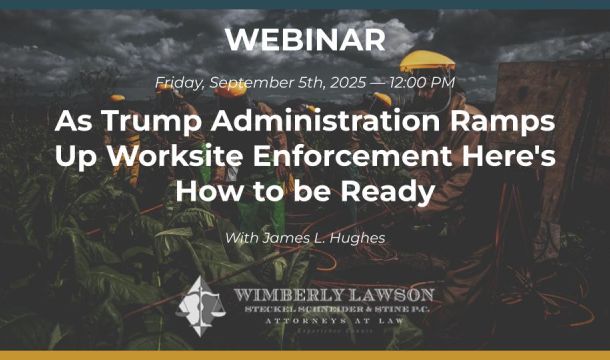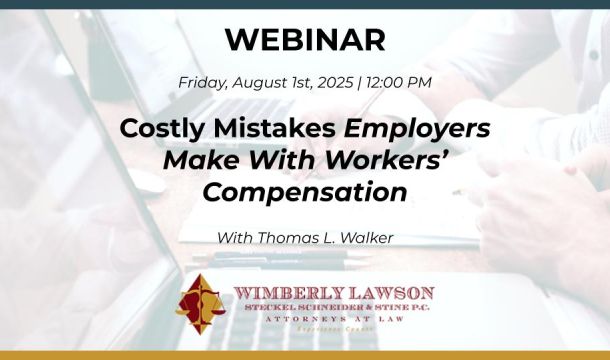US DOL Finalizes Rule to Increase Compensation Thresholds for Overtime Eligibility
Effective July 1, 2024, salaried workers making less than $43,888 annually will be eligible for overtime pay. The salary threshold will increase to $58,656 on Jan. 1, 2025. The exemption for highly compensated employees (HCE’s) will rise to $132,964 on July 1, then to $151,164 on January 1, 2025. Starting July 1, 2027, salary thresholds, including those for highly compensated individuals, will be updated every three years.
This is the final version of a proposed rule USDOL issued in September 2023, and reflects input received during the notice-and-comment period. The updated rule also defines who qualifies as a bona fide executive, administrative and professional employee exempt from the Fair Labor Standards Act’s overtime protections. Such employees typically receive a guaranteed weekly salary that is not subject to docking if they work less than 40 hours and are not entitled to overtime pay when they work more than 40 hours.
For those employers who fail to raise the salary to the required salary level for their exempt employees, they will lose the overtime exemption. The rise in rates also means that mistakes will become considerably more expensive. A nonexempt employee entitled to (but not paid) overtime receives back pay, doubled for liquidated damages, and attorneys’ fees. Overtime claims typically are decided on the face of the records, and the attorneys’ fees provision makes them attractive to lawyers. It is well worth an employer’s time to inventory payroll and decide whether changes should be made. And remember that an employee’s “regular rate” includes bonus and incentive pay.
Recommendations
First, review payroll to determine whether you have employees currently classified as salaried, exempt to determine whether their salary falls below the new threshold. If it does, consider a salary increase if you want to keep the exemption.
One alternative is simply to reclassify the employee as nonexempt and prepare to pay overtime when they work more than 40 hours in a week. This could work well if the employee typically does not work any overtime, but it may be a hard sell if the employee is accustomed to salaried status. They also may be subject to having their pay docked if they work fewer than 40 hours in any given week. In some circumstances this could feel like a very unwelcome pay cut.
Another option is to classify the employee as salaried, nonexempt. This allows the employer to continue to pay the employee a fixed weekly salary for all hours worked. When the employee works more than 40 hours, they are entitled to an additional ½ their normal rate – not time-and-a-half -- for each of those additional hours worked. It is highly recommended to have a memorandum of understanding regarding this pay method signed and included in the employee’s personnel file. And beware – although this is permitted under Federal law, not all states (see California) allow this practice.
Questions? Need more information? Call Betsy Dorminey at 404-365-0900.
Related Content
Get Email Updates
Recent Content

As Trump Administration Ramps Up Worksite Enforcement Here's How to be Ready

How to Audit Employment Discrimination Laws Compliance

TPS Update (As of 6/17/2025)

TPS Designation for Honduras and Nicaragua Automatically Extended, But the Date is Uncertain

President Trump Discourages Criminal Enforcement of Agency Rules



